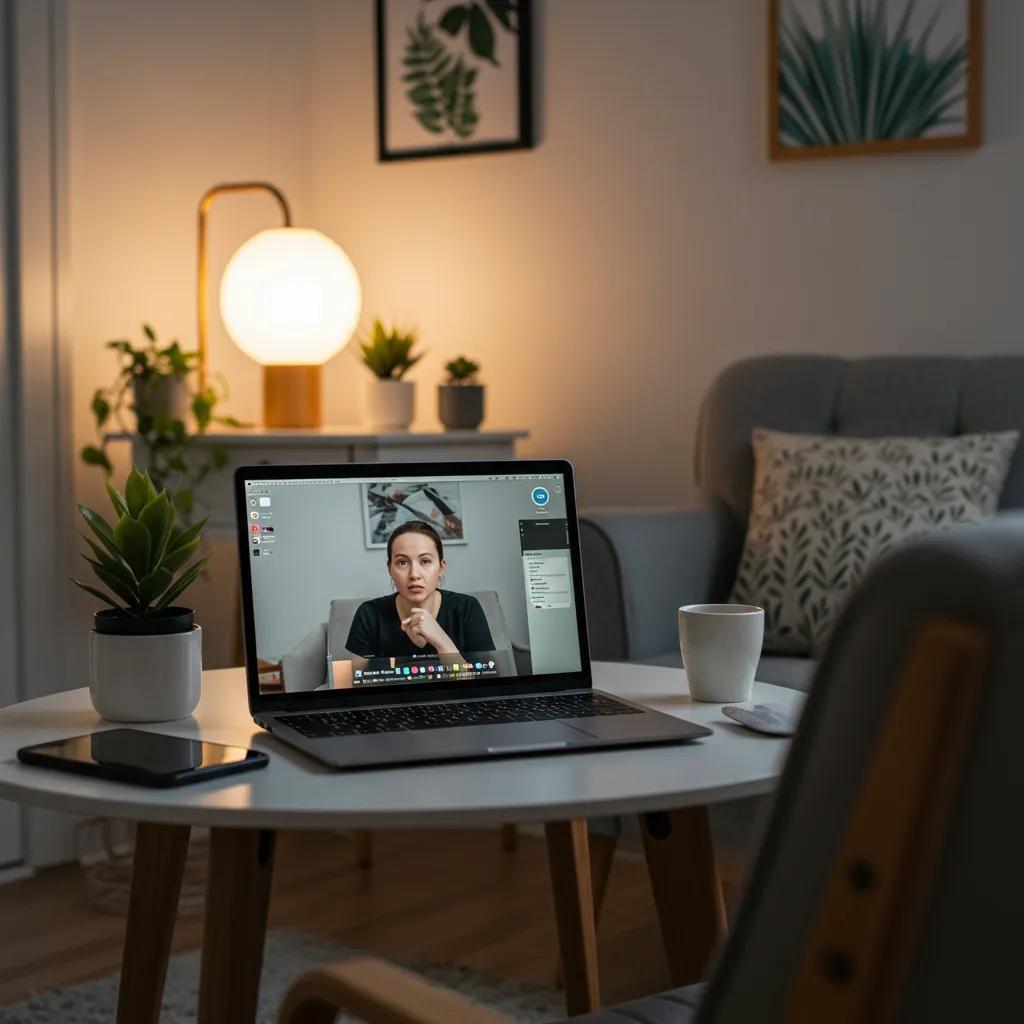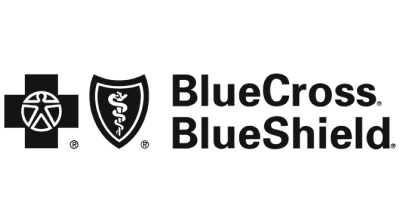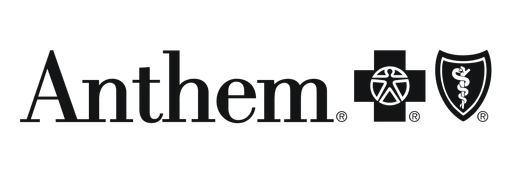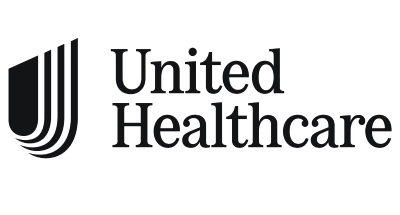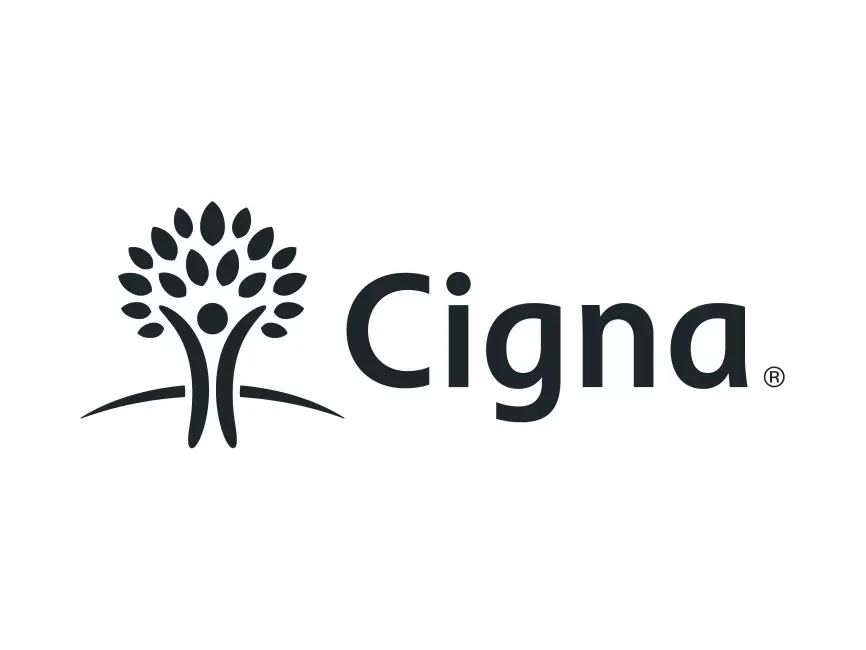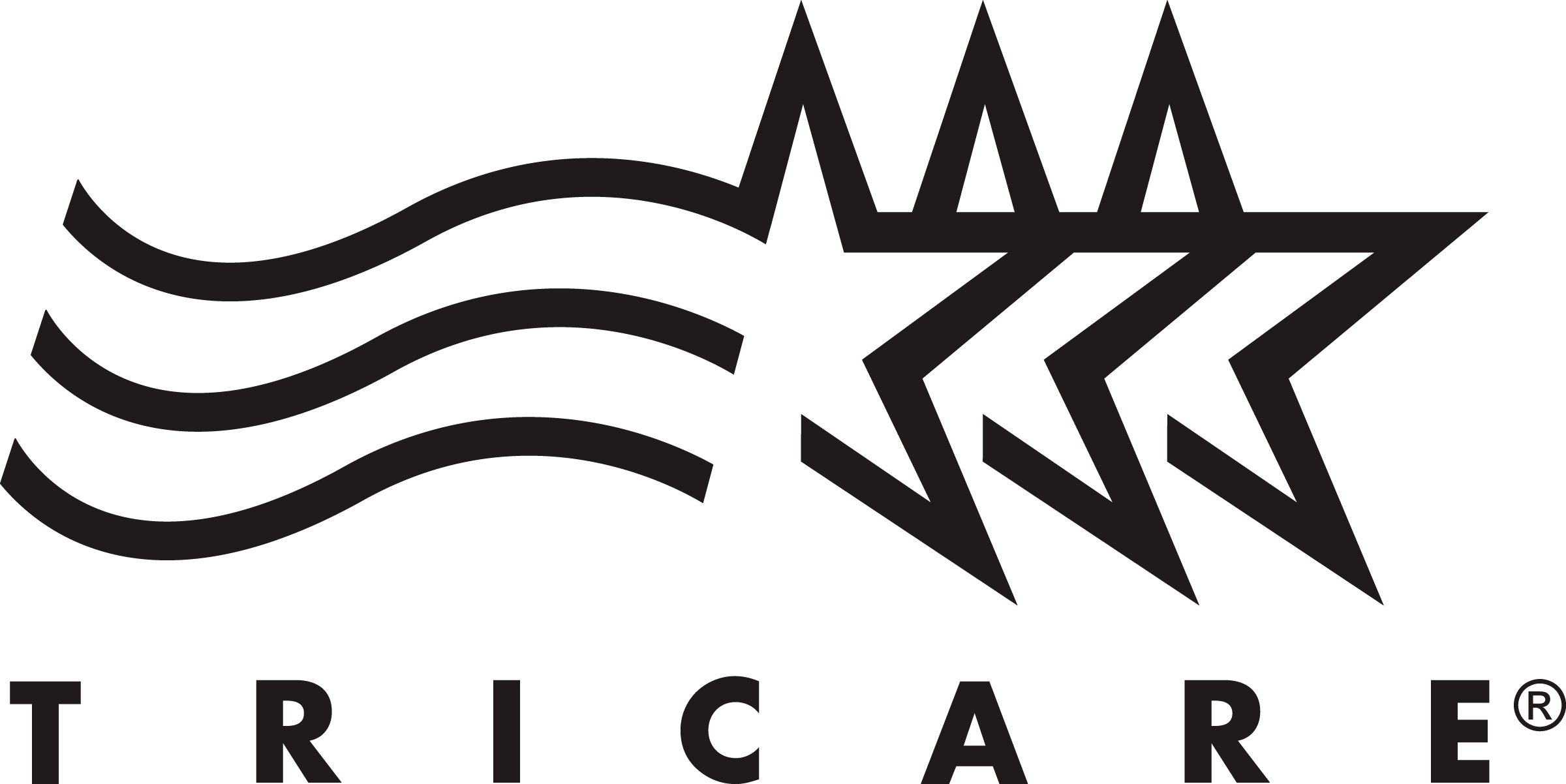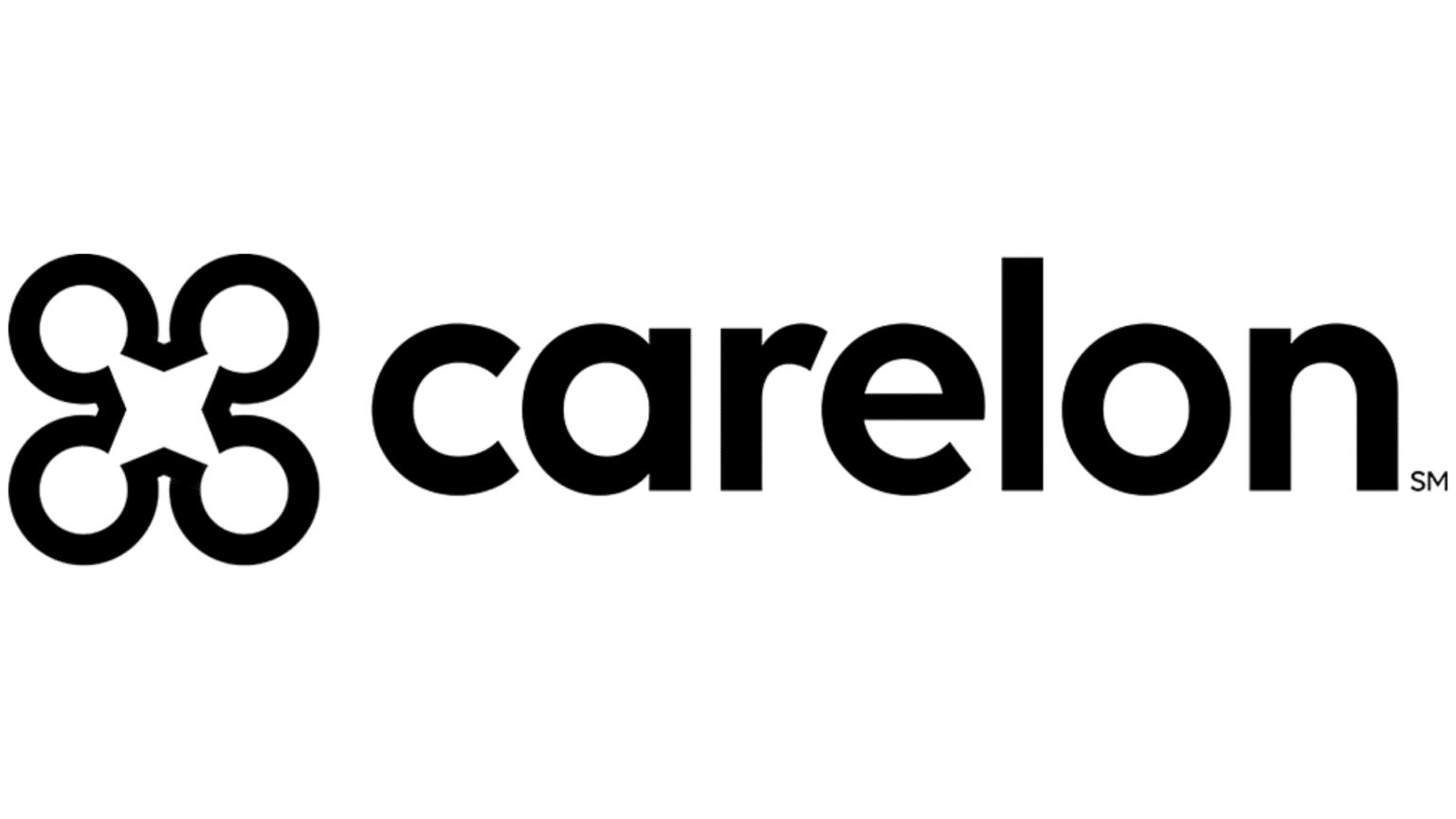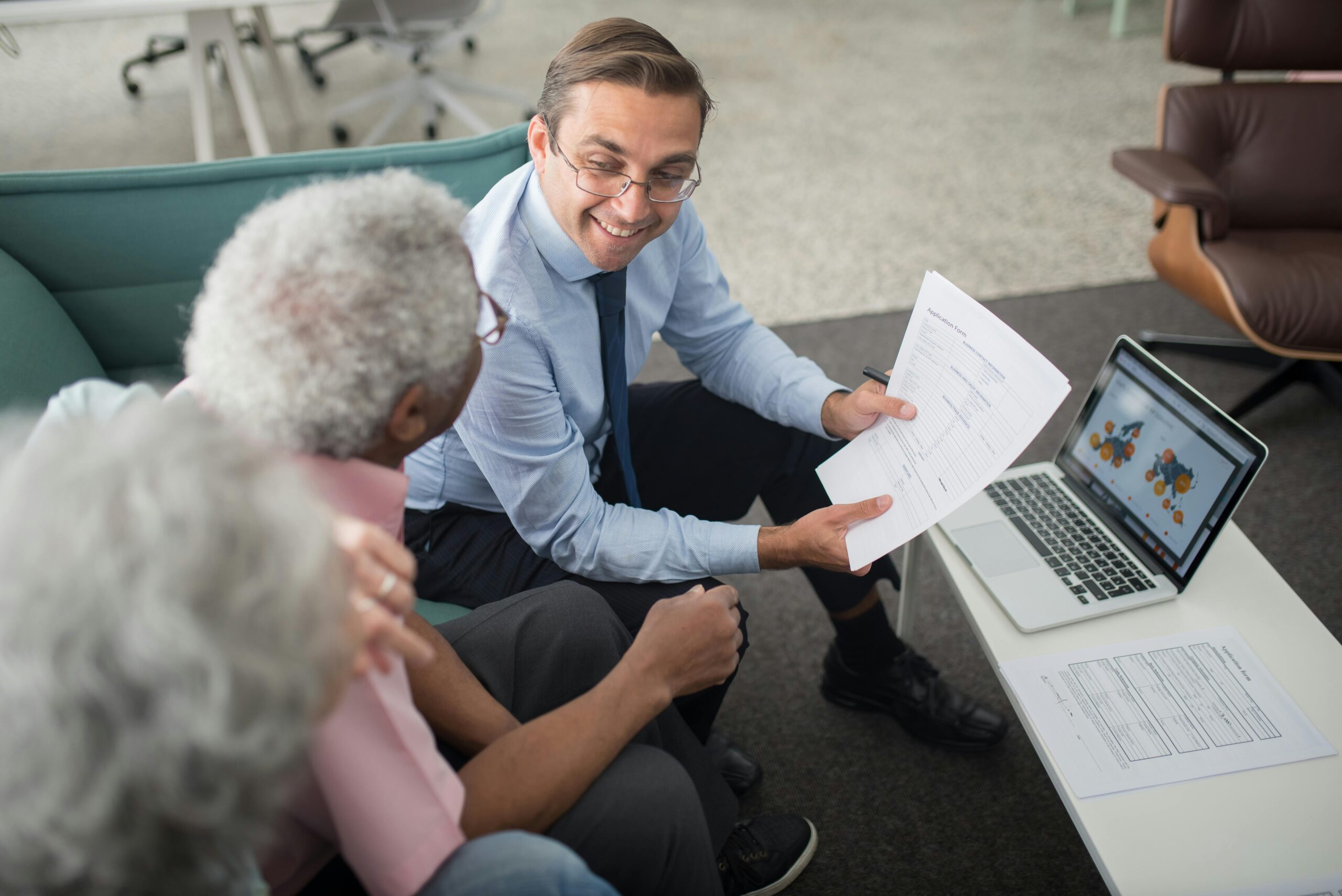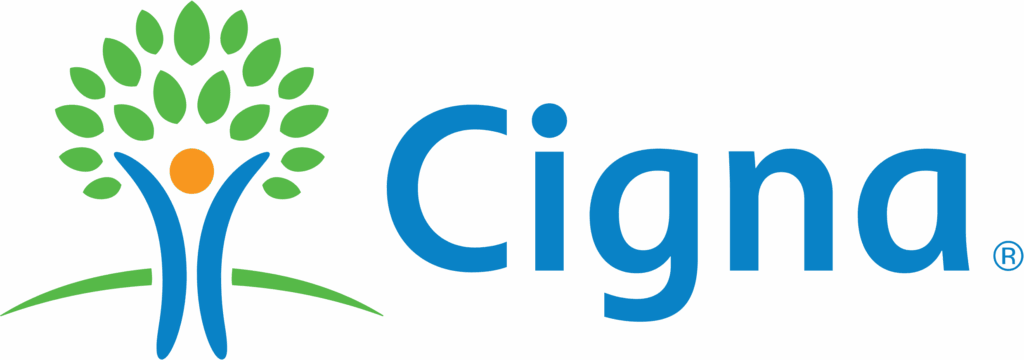What Exactly Are Recovery Triggers?
Triggers are essentially stimuli that your brain has learned to associate with substance use. Over time, through repeated use, these connections become deeply ingrained. When you encounter a trigger, it can activate these pathways, leading to intense urges or cravings. Understanding the different types of triggers is the first step toward recognizing them in your own life. Broadly, they fall into two main categories: emotional and situational (or environmental).
Emotional Triggers: These are internal states – your feelings and moods. Often, substances are used initially to cope with difficult emotions or to enhance positive ones. During recovery, these same emotions can trigger a desire to return to substance use as a perceived coping mechanism. Common emotional triggers include:
– Stress: Feeling overwhelmed by work, family responsibilities, financial difficulties, or life changes is a major trigger for many.
– Anxiety: Worry, fear, panic, or general nervousness can create a strong urge to use substances to calm down.
– Depression: Feelings of sadness, hopelessness, emptiness, or lack of motivation might lead to seeking substances for temporary relief or escape.
– Anger and Frustration: Experiencing conflict, injustice, or irritation can provoke a desire to numb or lash out, which might have previously involved substance use.
– Loneliness and Isolation: Feeling disconnected from others or alone can be a powerful emotional trigger.
– Boredom: Having unstructured time or lacking engaging activities can lead to thoughts of using substances to fill the void.
– Guilt and Shame: Reflecting on past actions related to addiction can evoke strong negative feelings that trigger cravings.
– Happiness and Celebration: Ironically, positive emotions can also be triggers if substance use was previously associated with celebrating or socializing.
Situational (Environmental) Triggers: These are external cues related to people, places, objects, or specific circumstances that you associate with past substance use. Your environment plays a significant role in shaping habits, and addiction is no different. Common situational triggers include:
– People: Seeing individuals you used substances with, or even people who evoke strong emotions (positive or negative), can be triggering. This includes dealers, certain friends, or even family members if relationships are strained or involved past substance use dynamics.
– Places: Locations where you previously bought, used, or experienced the effects of substances can trigger strong associations. This could be specific bars, neighborhoods, houses, parks, or even certain rooms in your own home.
– Objects (Things): Items associated with substance use, such as drug paraphernalia, empty bottles, certain types of music, movies depicting substance use, or even specific smells, can act as powerful triggers.
– Times and Dates: Anniversaries (of significant life events, sobriety milestones, or traumatic experiences), holidays, paydays, or even specific times of day (like evenings or weekends) when use was common can trigger cravings.
– Specific Events: Social gatherings (parties, concerts), stressful events (arguments, job loss), or even routine activities that were paired with substance use (like watching TV or after work) can be triggers.
– Physical Sensations: Experiencing physical withdrawal symptoms, pain, fatigue, or even sensations that mimic the effects of a substance can trigger a desire to use.
It’s crucial to understand that triggers are highly personal. What triggers one person might have no effect on another. The intensity of a trigger can also vary depending on your current emotional state, stress level, and stage of recovery.
How Triggers Lead to Relapse: When you encounter a trigger, it sets off a chain reaction. The trigger evokes a thought (“A drink would really help me relax right now”). This thought can lead to an emotional response (feeling anxious about not having the drink) and physical sensations (cravings). If you don’t have effective coping strategies in place, these thoughts and feelings can intensify, making it increasingly difficult to resist the urge. Acting on this urge constitutes a lapse or relapse. Understanding this process—Trigger -> Thought -> Craving -> Use—highlights why interrupting the chain early, by managing the trigger or the initial thought, is so vital for preventing relapse and maintaining long-term recovery. Learning to identify and manage triggers is not about eliminating them entirely (which is often impossible) but about developing the skills and resilience to navigate them without returning to substance use. If you’re struggling to understand your triggers, exploring treatment options like our
Intensive Outpatient Program (IOP) can provide the structured support you need.
Identifying Your Personal Triggers
Recognizing your unique triggers is like creating a roadmap for your recovery journey. It helps you anticipate potential detours and plan alternative routes. This process requires honesty, self-reflection, and sometimes, professional guidance. It’s an ongoing process, as triggers can sometimes change or new ones may emerge as you navigate different life situations. Here are some effective techniques for identifying your personal triggers:
Cultivating Self-Awareness and Mindfulness: Becoming more aware of your internal state—your thoughts, feelings, and bodily sensations—is fundamental. Mindfulness practices teach you to observe these experiences without judgment and without immediately reacting to them.
– Pay Attention to Your Body: Cravings often manifest physically before you’re consciously aware of the urge. Notice sensations like muscle tension, restlessness, changes in heart rate, sweating, or a knot in your stomach. Where do you feel stress or anxiety in your body? Connecting these physical cues to potential triggers can provide early warnings.
– Observe Your Thoughts: What thoughts typically precede a craving or an urge to use? Are they self-critical (“I can’t handle this”), permissive (“Just one won’t hurt”), or related to escape (“I need to forget about this problem”)? Recognizing these thought patterns is key. Mindfulness helps you see these thoughts as just thoughts, not commands you must obey.
– Acknowledge Your Emotions: Get better at naming your feelings. Instead of just saying “I feel bad,” try to be more specific: “I feel anxious,” “I feel lonely,” “I feel resentful,” “I feel bored.” Linking specific emotions to urges helps clarify your emotional triggers. Ask yourself: What was I feeling right before this craving started?
– Mindfulness Exercises: Simple practices like deep breathing, body scans (mentally scanning your body for sensations), or mindful walking can enhance your self-awareness skills. Even taking a few moments throughout the day to check in with yourself—”What am I feeling right now? What am I thinking?”—can make a big difference.
Keeping a Trigger Journal: This is one of the most powerful tools for identifying triggers. It involves systematically recording instances when you experience cravings, urges, or thoughts about using substances. The goal is to uncover patterns and connections you might otherwise miss.
– What to Record: Each time you experience a trigger or craving, jot down:
– Date and Time: When did it happen?
– Situation: Where were you? Who were you with? What were you doing? What sights, sounds, or smells were present?
– Emotion(s): What were you feeling right before and during the craving? Be specific (e.g., stressed, bored, happy, angry). Rate the intensity (e.g., 1-10).
– Thought(s): What was going through your mind? (“I deserve a reward,” “This feeling is unbearable,” “Nobody cares anyway”).
– Craving Intensity: Rate the strength of the urge (1-10).
– Physical Sensations: What did you notice in your body? (e.g., racing heart, tight chest, churning stomach).
– Your Response: What did you do? Did you use a coping skill? Did you resist the urge? Did you lapse?
– Reviewing Your Journal: Regularly review your entries (daily or weekly). Look for recurring patterns. Do cravings spike at certain times of day? Around specific people? When you feel particular emotions? Are there specific places that consistently trigger you? This analysis provides invaluable insight into your personal trigger landscape.
Recognizing Patterns in Behavior and Emotions: Beyond journaling specific cravings, pay attention to broader patterns in your life.
– High-Risk Situations: Identify situations that consistently seem to lead toward thoughts of use, even if they don’t immediately cause a strong craving. Maybe Friday nights are tough, or visits with certain family members always leave you feeling drained and vulnerable.
– Emotional Cycles: Do you notice periods where you feel more susceptible? Perhaps after periods of high stress, conflict, or even after achieving a success? Understanding your emotional vulnerabilities is key.
– Subtle Triggers: Sometimes triggers aren’t obvious events but more subtle shifts, like gradually increasing stress levels over weeks, neglecting self-care, or isolating yourself. Learn to recognize these slower-building risk factors.
– Linking Behavior to Use: Reflect on the function substance use served for you. Did it help you socialize? Cope with anxiety? Deal with boredom? Escape responsibility? Understanding the why behind your past use helps identify the situations and feelings that might trigger a desire to fulfill that same perceived need with substances again.
Identifying triggers takes time and practice. Be patient and compassionate with yourself during this process. Working with a therapist, perhaps through
telehealth addiction treatment, can provide guidance and support in uncovering and understanding your triggers. Therapists are skilled at helping you connect the dots and see patterns you might overlook. If you’re ready to start understanding your unique triggers, consider reaching out for a
Free Assessment to discuss how our programs can help.
Strategies for Managing Triggers Effectively
Once you’ve started identifying your triggers, the next crucial step is learning how to manage them. Dealing with triggers isn’t about willpower alone; it’s about having a toolbox of practical coping strategies and skills that you can deploy when faced with an urge or craving. The goal is to navigate these challenging moments without resorting to substance use. Effective trigger management often involves a combination of proactive planning and reactive coping skills.
Proactive Strategies (Planning Ahead):
– Avoidance (Where Possible and Healthy): If you know certain people, places, or situations are highly triggering, especially early in recovery, avoiding them might be the safest strategy. This doesn’t mean hiding forever, but strategically limiting exposure while you build stronger coping skills. For example, avoiding bars or parties initially, or taking a different route home to bypass a triggering neighborhood.
– Planning for High-Risk Situations: Sometimes avoidance isn’t possible or desirable (e.g., family gatherings, work events). In these cases, plan ahead.
– Bring a sober support person.
– Have an escape plan (know how you’ll leave if things get too difficult).
– Plan what you’ll drink (non-alcoholic options).
– Mentally rehearse how you’ll handle potential triggers or offers.
– Set time limits for how long you’ll stay.
– Building a Strong Support System: Connect with supportive friends, family members, sponsors, or recovery groups. Knowing you can call someone when you’re triggered can make a huge difference. Regularly attending support group meetings (many are available online) provides fellowship and reinforces coping skills.
– Practicing Self-Care: Maintaining overall well-being makes you more resilient to triggers. This includes:
– HALT (Hungry, Angry, Lonely, Tired): Recognize these common vulnerability states and address them proactively. Eat regular, nutritious meals. Find healthy ways to manage anger. Combat loneliness through connection. Prioritize sufficient sleep.
– Exercise: Physical activity is a great stress reliever and mood booster.
– Healthy Diet: Proper nutrition supports stable moods and energy levels.
– Stress Management: Incorporate relaxation techniques like deep breathing, meditation, yoga, or spending time in nature into your routine.
– Developing Healthy Distractions and Hobbies: Engaging in positive activities can shift your focus away from cravings and provide a sense of accomplishment and enjoyment. This could be anything from reading, listening to music, pursuing creative outlets, volunteering, or learning a new skill.
Reactive Strategies (Coping in the Moment):
– Delay and Distract: When a craving hits, try not to react immediately. Tell yourself you’ll wait 15-30 minutes. During that time, engage in a distracting activity – call a friend, go for a walk, listen to music, do chores, play a game. Often, the intensity of the craving will decrease significantly after a short period.
– Challenge Your Thoughts: Use cognitive techniques (see CBT below) to examine and challenge the thoughts associated with the trigger. Ask yourself: Is this thought really true? What are the consequences of acting on this urge? What are the benefits of resisting? Remind yourself of your reasons for recovery.
– Ride the Wave (Urge Surfing): Cravings often feel like waves – they build in intensity, peak, and then subside. Instead of fighting the urge directly, try to mindfully observe it like a wave. Notice the physical sensations and thoughts without judgment, reminding yourself that it’s temporary and will pass. Breathe through it.
– Use Relaxation Techniques: Deep breathing exercises, progressive muscle relaxation, or guided imagery can help calm your nervous system when a trigger causes anxiety or stress.
– Reach Out for Support: Don’t try to white-knuckle it alone. Call your sponsor, a supportive friend or family member, or connect with an online support group. Talking about the craving can significantly reduce its power.
– Positive Self-Talk and Affirmations: Remind yourself of your strength, your progress, and your commitment to recovery. “I can handle this.” “This feeling will pass.” “My sobriety is important to me.”
The Role of Cognitive Behavioral Therapy (CBT):
Cognitive Behavioral Therapy (CBT) is one of the most effective therapeutic approaches for addiction recovery and managing triggers. It operates on the principle that our thoughts, feelings, and behaviors are interconnected, and that changing negative thought patterns can lead to changes in feelings and actions. In the context of triggers:
– Identifying Automatic Thoughts: CBT helps you become aware of the often automatic, negative, or unhelpful thoughts that arise when you encounter a trigger (e.g., “I need a drink to cope,” “I’ll never be able to stay sober,” “One hit won’t matter”).
– Cognitive Restructuring: Therapists teach you how to evaluate the evidence for and against these thoughts, challenge their validity, and replace them with more balanced, realistic, and helpful ones (e.g., “I want a drink, but I don’t need one,” “Handling this sober will make me stronger,” “One hit could unravel all my progress”).
– Developing Coping Skills: CBT equips you with practical skills for managing cravings, dealing with stress, solving problems, and communicating effectively – all crucial for navigating triggers.
– Behavioral Strategies: CBT also involves behavioral components, like activity scheduling (to combat boredom and isolation) and exposure exercises (gradually facing triggers in a controlled way with therapist support) to reduce their power over time.
Online CBT therapy offered by Compassion Recovery Center makes this highly effective treatment accessible remotely.
Utilizing Medication-Assisted Treatment (MAT):
For some individuals, particularly those recovering from opioid or alcohol addiction, Medication-Assisted Treatment (MAT) can be a valuable component of trigger management. MAT combines FDA-approved medications with counseling and behavioral therapies to provide a whole-person approach.
– Reducing Cravings: Medications like naltrexone, buprenorphine (Suboxone), or acamprosate can significantly reduce the intensity and frequency of cravings, making triggers less overwhelming.
– Managing Withdrawal: Certain medications ease withdrawal symptoms, which can themselves be powerful triggers.
– Blocking Effects: Some medications (like naltrexone or buprenorphine for opioids, naltrexone for alcohol) can block the euphoric effects if a lapse occurs, reducing the incentive for continued use.
MAT is not replacing one addiction with another; it’s a medical treatment designed to stabilize brain chemistry, reduce the pull of addiction, and allow individuals to engage more effectively in therapy and build recovery skills. Compassion Recovery Center offers
MAT treatment online, integrating medication management seamlessly with our telehealth therapy programs.
Successfully dealing with triggers involves a multi-faceted approach combining self-awareness, proactive planning, effective coping skills, therapeutic support like CBT, and potentially MAT. If you need help developing these strategies, exploring our
Drug Rehab Programs or
Alcohol Rehab Programs could be your next step.
The Power of Remote and Telehealth Solutions for Trigger Management
In today’s world, recovery support doesn’t have to be confined to the walls of a traditional clinic. The rise of telehealth has revolutionized addiction treatment, offering flexible, accessible, and effective ways to manage recovery challenges, including dealing with triggers, right from your own home. Compassion Recovery Center specializes in these remote solutions, bringing high-quality care to individuals throughout California, especially in Orange County.
Benefits of Remote Intensive Outpatient Programs (IOP) for Managing Triggers:
An Intensive Outpatient Program (IOP) provides structured therapy and support several times a week, offering more intensity than standard outpatient care but allowing you to maintain your daily life responsibilities like work, school, or family care. A
Virtual IOP Program delivers these benefits remotely through secure video conferencing. Here’s how it helps with triggers:
– Real-Time Skill Application: Because you’re living in your usual environment while participating in treatment, you encounter real-life triggers regularly. Virtual IOP allows you to learn coping skills in therapy sessions and immediately practice applying them in your daily life. You can then process these experiences and challenges with your therapist and group peers in the next session, receiving immediate feedback and reinforcement.
– Increased Accessibility: Geographic barriers, transportation issues, mobility limitations, or demanding schedules often prevent people from attending traditional IOPs.
Telehealth addiction treatment removes these obstacles, making consistent, intensive support available to more people, including those searching for an
Orange County IOP but needing a remote option.
– Comfort and Privacy: Receiving treatment from the privacy and comfort of your own home can reduce stigma and anxiety associated with attending a physical rehab center. This can make it easier to open up and engage fully in the therapeutic process of identifying and managing triggers.
– Structured Support: The regular schedule of a remote IOP provides routine and accountability, which are crucial for early recovery. Consistent group and individual therapy sessions ensure you are continuously learning and practicing trigger management strategies.
– Integration with Daily Life: Learning to manage triggers within the context of your actual life—your home, your job, your relationships—makes the skills more transferable and sustainable long-term compared to learning them in an isolated rehab environment.
How Telehealth Addiction Treatment Provides Ongoing Support:
Beyond structured programs like IOP, general telehealth addiction treatment offers ongoing support that is vital for long-term trigger management:
– Individual Therapy: Regular one-on-one sessions with a therapist via video call provide a confidential space to explore deep-seated triggers, process difficult emotions, refine coping strategies (like those learned in
online CBT therapy), and address any emerging challenges.
– Medication Management: For those utilizing MAT, telehealth allows for convenient follow-up appointments with medical providers for monitoring progress, adjusting dosages, and addressing side effects related to
MAT treatment online.
– Support Groups: Many virtual support groups (like AA, NA, SMART Recovery) and therapy groups are accessible online, providing crucial peer support and shared experience in managing triggers.
– Flexibility: Telehealth appointments can often be scheduled more flexibly, including evenings or weekends, making it easier to maintain consistent support even with a busy schedule.
– Immediate Access (Crisis Support): While not always instantaneous, telehealth can sometimes offer quicker access to a therapist or crisis support compared to waiting for an in-person appointment, which can be critical when facing an intense trigger.
The Role of Virtual Couples Counseling in Addressing Relationship-Related Triggers:
Relationships can be both a significant source of support and a major source of triggers in recovery. Conflict, communication issues, differing expectations, past hurts, or enabling behaviors within a partnership can derail recovery efforts.
Virtual couples counseling rehab addresses these specific challenges:
– Identifying Relationship Triggers: Therapy helps couples identify how their interactions, communication patterns, or unresolved issues trigger substance use urges for the partner in recovery. It also explores how one partner’s recovery journey impacts the other.
– Improving Communication: Couples learn healthier ways to communicate needs, frustrations, and support for each other, reducing conflict that can trigger relapse.
– Setting Healthy Boundaries: Counseling helps establish appropriate boundaries around substance use, social situations, and support roles within the relationship.
– Rebuilding Trust: Addiction often damages trust. Virtual couples counseling provides a structured space to address infidelity, dishonesty, or other betrayals and work towards rebuilding trust.
– Developing Shared Coping Strategies: Couples can learn how to support each other through triggering situations and develop joint strategies for maintaining a recovery-supportive home environment.
– Convenience: Like other telehealth services, virtual couples counseling eliminates logistical challenges, making it easier for both partners to attend sessions consistently from their own home.
Compassion Recovery Center leverages the power of these remote solutions to provide comprehensive, accessible, and effective addiction treatment. Whether you need the structure of a
remote IOP, ongoing individual therapy, specialized
Dual Diagnosis Treatment for co-occurring
Mental Health Treatment needs, or support for relationship triggers through virtual couples counseling, our telehealth platform makes quality care readily available. If you’re looking for flexible
virtual rehab California options, particularly
remote drug rehab Orange County, we invite you to
check insurance coverage and explore our services.
How Compassion Recovery Center Helps You Conquer Triggers
Understanding triggers and knowing general management strategies is essential, but putting it all into practice effectively often requires professional guidance and structured support. At Compassion Recovery Center, our entire approach is built around providing personalized, evidence-based care through accessible telehealth platforms, specifically designed to help you identify and manage triggers successfully and build a resilient, long-term recovery. We bring expert care directly to you, whether you’re in Orange County or elsewhere in California.
Personalized Trigger Identification and Management Plans:
We recognize that every individual’s journey with addiction and their specific triggers are unique. Our treatment process begins with a comprehensive assessment to understand your history, substance use patterns, mental health status, and personal circumstances. This allows us to work collaboratively with you to:
– Pinpoint Your Specific Triggers: Through individual therapy sessions, group discussions, and guided self-reflection exercises (like journaling), our experienced therapists help you uncover your unique emotional, situational, social, and environmental triggers. We delve deeper than the surface level to understand the roots of these associations.
– Develop a Tailored Coping Skills Toolbox: Based on your identified triggers and personal strengths, we help you build a customized set of coping strategies. This isn’t a one-size-fits-all approach; we focus on techniques that resonate with you and are practical for your life circumstances. This might involve specific mindfulness exercises, cognitive restructuring techniques, communication skills, or relapse prevention planning.
– Integrate Trigger Management into Daily Life: Our remote model, particularly the
Virtual IOP Program, excels at helping you practice these skills in your real-world environment. You learn a skill in a virtual session and apply it when facing a trigger at home or work, then process the experience with your therapist.
Leveraging Online CBT Therapy and MAT Treatment Online:
We utilize proven, evidence-based treatments delivered conveniently through telehealth:
– Expert
Online CBT Therapy: Our therapists are trained in delivering Cognitive Behavioral Therapy effectively via secure video sessions. You’ll learn to systematically identify the negative thought patterns linked to your triggers, challenge their validity, and replace them with healthier, more adaptive thoughts. You’ll develop concrete behavioral skills to navigate high-risk situations and manage cravings constructively. CBT provides the practical tools needed for lasting behavioral change.
– Integrated
MAT Treatment Online: For individuals battling opioid or alcohol addiction where MAT is clinically appropriate, we offer seamless integration of medication management into your telehealth treatment plan. Our medical team conducts assessments, prescribes appropriate FDA-approved medications (like Naltrexone or Suboxone), and provides ongoing monitoring through virtual appointments. This helps reduce cravings and withdrawal symptoms—major triggers—making it easier to focus on therapy and skill-building. Accessing MAT online removes barriers like travel time and clinic visits, making this vital support more attainable.
The Convenience and Effectiveness of Virtual Rehab in California:
Compassion Recovery Center is at the forefront of providing high-quality
virtual rehab California services, with a strong focus on serving communities like Orange County. The advantages of our remote model directly support trigger management:
– Accessibility: No matter where you are in Orange County or California, you can access our expert care without commuting. This eliminates geographical barriers and makes consistent treatment feasible for those with busy schedules, transportation challenges, or childcare responsibilities. If you’ve been searching for a flexible
Orange County IOP, our virtual program is an ideal solution.
– Privacy and Comfort: Receiving treatment from home offers unparalleled privacy, reducing potential stigma and allowing you to feel more secure and open during therapy sessions focused on sensitive topics like triggers.
– Real-World Application: As mentioned, learning and practicing coping skills in the environment where your triggers actually occur enhances the effectiveness and long-term applicability of those skills.
– Comprehensive Care: Our telehealth services encompass various levels of care, including
Partial Hospitalization Program (PHP),
Intensive Outpatient Program (IOP), and potentially
Outpatient Detox support, ensuring you receive the appropriate level of care for your needs. We also offer specialized
Dual Diagnosis Treatment for individuals facing co-occurring substance use and mental health disorders, recognizing that untreated mental health symptoms are often significant triggers.
– Dedicated Support: Despite the remote setting, you receive dedicated support from our compassionate team of therapists, counselors, and medical professionals committed to your recovery success.
At Compassion Recovery Center, we don’t just talk about dealing with triggers; we provide the tools, support, and structure to help you master them. Our focus on accessible, high-quality
telehealth addiction treatment means that help is available right where you are. Whether you need
Drug Rehab Programs or
Alcohol Rehab Programs delivered remotely, we are here for you. We encourage you to
verify your insurance online – it’s a quick and confidential first step towards getting the help you deserve.
Taking Control: Your Path Forward
Navigating the landscape of addiction recovery means learning to anticipate and skillfully manage the inevitable bumps in the road – your triggers. We’ve explored what triggers are, how deeply personal they can be, and why dealing with triggers effectively is absolutely essential for preventing relapse and building a sustainable, fulfilling life in sobriety. From cultivating self-awareness and keeping a trigger journal to employing practical coping strategies learned through therapies like CBT, the power to manage these challenges lies within you, especially when bolstered by the right support.
Remember, identifying and managing triggers is not about achieving perfection or eliminating every potential challenge. It’s about building resilience, developing healthier responses, and knowing that you have the tools and support system to navigate difficult moments without returning to substance use. It’s about progress, not perfection. Each trigger successfully managed is a victory that strengthens your recovery.
The journey is yours, but you don’t have to walk it alone. Professional help can provide the structure, expertise, and compassionate guidance needed to truly master trigger management. Compassion Recovery Center specializes in making this support accessible and effective through our comprehensive
telehealth addiction treatment services. Our
Virtual IOP Program,
online CBT therapy,
MAT treatment online, and other remote services are designed to fit your life while providing top-tier care, particularly for those seeking
virtual rehab California options like a flexible
Orange County IOP or
remote drug rehab Orange County.
If you or a loved one are struggling with substance abuse and need help learning to identify and manage triggers, we encourage you to take the next step. Hope and healing are possible, and effective, compassionate help is available.
Contact Us today for a confidential conversation about your situation. Let us help you explore treatment options and
Admissions Information. It’s time to start your recovery journey today and build a future free from the grip of addiction. Don’t wait,
get help now.
How do you identify and deal with triggers?
Identify triggers by increasing self-awareness (mindfulness, noticing thoughts/feelings/body sensations) and keeping a trigger journal to track patterns (situations, emotions, times that lead to cravings). Deal with triggers by using coping strategies like avoidance (if possible), planning for high-risk situations, reaching out to support systems, practicing relaxation techniques, challenging negative thoughts (CBT), using healthy distractions, and potentially utilizing Medication-Assisted Treatment (MAT). Seeking professional help through therapy or programs like a
Virtual IOP Program is crucial for developing effective strategies.
What are the 4 steps to working through triggers?
While there isn’t one universally defined “4 steps,” a helpful framework for working through a trigger in the moment could be: 1. Identify: Recognize that you are triggered (notice the craving, emotion, or thought). Acknowledge it without judgment. 2. Pause: Stop before reacting. Take deep breaths to calm your nervous system and create space between the trigger and your response. 3. Cope: Employ a pre-planned coping strategy (e.g., call support, use a relaxation technique, challenge the thought, distract yourself, leave the situation). 4. Reflect: Later, analyze the trigger and your response (perhaps in your journal or with a therapist) to learn from the experience and strengthen your plan for next time.
How do you deal with trigger words?
Dealing with trigger words involves recognizing their impact and managing your internal response. 1. Acknowledge: Notice the emotional or physical reaction the word evokes. 2. Pause & Breathe: Avoid an immediate defensive or emotional reaction. Use deep breathing to stay calm. 3. Challenge Thoughts: Examine the thoughts the word brings up using CBT techniques. Is the thought accurate? Is it helpful? 4. Use Coping Statements: Remind yourself, “This is just a word,” “I am safe,” or “I can manage this feeling.” 5. Set Boundaries: If someone repeatedly uses trigger words hurtfully, communicate assertively how the word impacts you and request they stop. If necessary, limit contact. 6. Process: Discuss the impact of trigger words with a therapist to reduce their power over time.
What questions should you ask when you are triggered?
When triggered, asking yourself clarifying questions can help you regain control and understand the situation better:
– What specifically triggered me (the situation, person, thought, feeling)?
– What am I feeling right now (emotionally and physically)?
– What thoughts are going through my head? Are they realistic or based on past experiences/fears?
– What need is this trigger highlighting (e.g., need for safety, support, rest)?
– What coping skill can I use right now to manage this feeling/urge?
– What would be the consequences if I acted on this urge (e.g., used substances)?
– What are the benefits of riding this out and staying sober?
– Who can I reach out to for support right now?
How to respond when someone triggers you?
Responding when someone triggers you involves managing your internal reaction and deciding on an external response: 1. Internal Management: Pause, take deep breaths, notice your feelings/thoughts without immediate reaction. Remind yourself of your coping skills. 2. Assess Intent: Was the trigger intentional or unintentional? This might influence your response. 3. Choose Your Response: You don’t always have to react externally. Sometimes, simply managing your internal state is enough. If you do respond:
– Assertive Communication: Calmly state how their words/actions affected you using “I” statements (e.g., “When you said X, I felt Y”). Set a boundary if needed (e.g., “Please don’t talk about Z around me”).
– Disengage/Remove Yourself: If the situation is too overwhelming or the person is hostile, it’s okay to calmly leave the conversation or situation.
– Seek Clarification: If unsure of their intent, you could ask clarifying questions.
a. Self-Care: After the interaction, use coping skills or talk to support people to process the experience. Remember, your safety and recovery come first.
